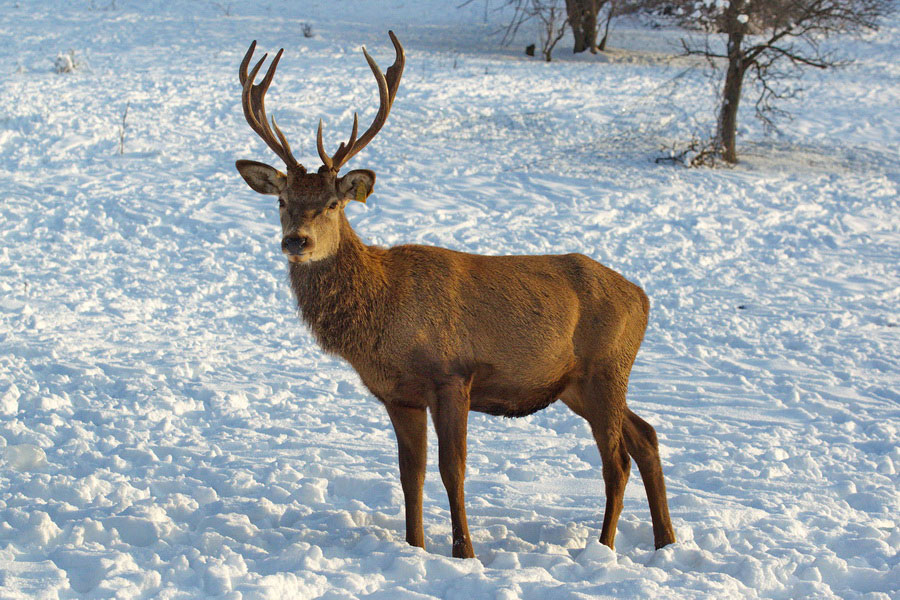
The Bugu tribe in Kyrgyzstan consider their first ancestor to have been Mother Deer, which gave them the name of their tribe (bugu means deer in Kyrgyz). The legend of their creation starts on the banks of the Yenisei River in Siberia, where a tribe of the Kyrgyz lived. They constantly fought with neighboring tribes, wars where cattle were stolen, houses were razed, and many people were killed.
One day, a beautiful bird with a human voice warned them that a disaster was about to happen, but the people paid no attention. Suddenly, their leader, Kulchoo, died, and they prepared to bury him. In the middle of the ceremony, there was a loud noise, and the tribe realized they were surrounded by their bloodthirsty enemies. They could do nothing as they were killed, one by one, until no one was left alive.
It so happened, however, that a boy and a girl from the Kyrgyz tribe had been sent earlier to collect mushrooms, so they escaped the slaughter. On their return, they found their parents dead, their friends dead, their relatives dead, and all their homes destroyed. They waited until they were sure that their enemies had left, and then began to search for food and help.
Eventually, hungry and afraid, they saw a camp at the base of a mountain. They rushed towards it, realizing only too late that it was the camp of their enemies. An old woman took pity on them and gave them some boiled meat, but others recognized the boy and the girl as Kyrgyz, and rushed them off to the khan, who was sitting on his white felt carpet drinking kumis. He burst into a rage, furious that any of the Kyrgyz had survived, and ordered the old woman to kill the two children, so that not one Kyrgyz survived.
The old woman took the children to a cliff overlooking the Yenisei River and prepared to throw them off it. She prayed to the river to accept the children and take pity on them, as there was nowhere left on earth for them, and asked the children to forgive her.
Then the old woman heard a voice, and turned to see a maral, a majestic female deer with udders heavy with milk. She explained to the old woman that hunters had killed her own children, and that she wanted to nurse the two human children. The old woman was astonished. “You don’t know mankind,” she said. “They have no respect for animals, or for each other. All you are doing is inviting pain and suffering. Why would you want to do that?” The Mother Deer replied that she would take the children away; she had plenty of milk and would be able to feed them and care for them. The old woman relented, and gave the children to the deer.
The children followed the deer as she took them far away, over the mountains, to Lake Issyk-Kul, where she nursed them and raised them. There, they married and had two sons, Tynymsejit and Alesejit. They called their new tribe Bugu - the tribe of the Mother Deer. Tynymsejit moved with his family to Naryn, but Alesejit remained at Lake Issyk-Kul.
It was some time later that the harmony between the tribe and the deer was to come to an end. Some people in the Issyk-Kul region killed the deer and used their antlers as decoration for graves, so the deer left and went deep into the mountains.
This legend is told in various forms, and perhaps the most famous version is in Chingiz Aitmatov’s story “The White Ship”.

